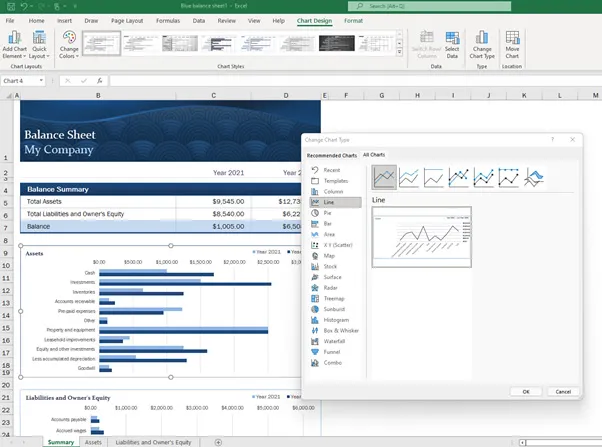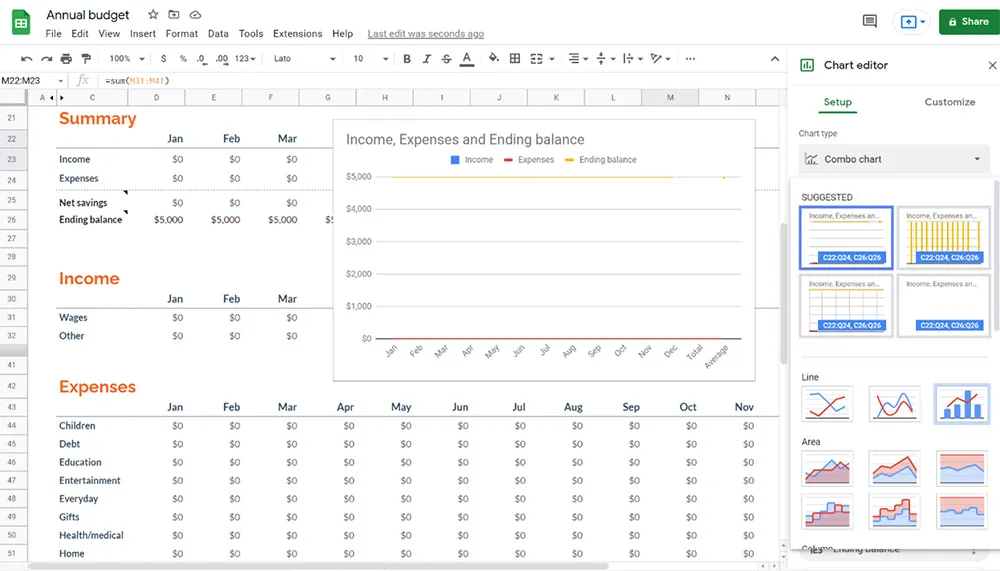Get us to call you
Fill in your details below to receive a call back quickly.
Fill in your details below to receive a call back quickly.
Fill in your details below to receive a call back quickly.
Fill in your details below to receive a call back quickly.


Gone are the days when your choice of office suite was limited to one software option. While Microsoft is the powerhouse incumbent that’s well established in organisational environments, Google offers a simple alternative for many businesses.
Choosing which is better for your business will depend on a few factors, so we’ve done the comparison to help you make the best choice based on your needs.
So, the battle is on! Google Workspace vs Microsoft 365 – which is best for your business?
One of the key considerations when choosing between Google Workspace vs Microsoft 365 for your business will no doubt be pricing. Both suites have subscription-based plans with pricing models that scale up to support you as your business grows.
Both productivity suites offer a number of pricing models, with Business Starter, Business Standard and Business Plus (or Business Premium, in the case of Microsoft) being the comparable ones.
Business Starter at a glance:
| Factor | Microsoft 365 | Google Workspace |
| Base Price | AUD $10.80 per user/month | AUD $8.40 per user/month |
| Maximum users | 300 | 300 |
| Custom email | Yes | Yes |
| Video meetings | 300 participants | 100 participants |
| Cloud storage | 1TB per user | 30GB per user |
| Content creation apps | Word
Excel PowerPoint Outlook OneDrive Teams Exchange SharePoint | Docs
Sheets Slides Gmail Drive Meet, Chat Calendar Currents, Sites, Jamboard Forms Keep |
| Desktop applications | Yes | Through offline mode, syncing to your computer, and downloading to PC (app dependant) |
| Browser applications | Yes | Yes |
| Intranet | Yes – SharePoint | Yes – Currents |
| Email application included | Yes – Outlook | Yes – Gmail |
| Support | Standard | Standard |
| Security | Fully featured | Fully featured |
| Trial version | 30 days | 14 days |
| More pricing details | Microsoft 365 plans | Google Workspace plans |
At a glance, Microsoft’s basic paid plan is slightly cheaper, provides more cloud storage (via OneDrive) per user, and allows more participants in video calls (via Teams). Google Workspaces provides a higher number of apps (however many are web only). Both offer month to month subscriptions, while Microsoft 365 also offers an annual commitment (which can also be paid monthly).
Microsoft 365 also provides an additional enterprise pricing model designed to support large businesses and those that want the ability to scale up as they grow. They offer three of these advanced enterprise plans, with many additional options and features designed specifically for medium and large sized businesses.
For most businesses, collaboration is key and therefore a core requirement in any office suite. Both Microsoft 365 and Google Workspace offer a range of built-in collaboration and productivity tools within their products. Microsoft is much newer to the game, having invested significantly in recent years in Microsoft Teams as well as its improved modern SharePoint offering, both of which have completely changed how many users utilise Microsoft’s apps.
Google Workspaces was the first to push collaboration as key to its core offerings, with its word processing, spreadsheet and presentation apps able to be shared and worked on simultaneously. Microsoft has swiftly caught up with its 365 “co-authoring” offering, providing the same level of functionality through its web versions of each comparable product, which can be shared manually or accessed via OneDrive or Teams.
For many users, Microsoft is the platform you know very well because it’s core apps have been used by business and home users for decades. The introduction of Microsoft 365 brought with it Teams and web-based versions of it’s core apps, such as Excel, Word and PowerPoint, that can be viewed and easily edited online in the browser.
For many businesses, Microsoft 365 continues to be the go-to, based on familiarity and prevalence. When comparing Google Workspaces vs Microsoft 365 side by side, Google’s office-style apps can seem a little too simplistic; many are less fully-featured, foregoing advanced functionality in favour of simplicity in design. This can be confusing and frustrating if you’ve been using Microsoft’s core apps for a long time.
Since its launch in 2006, Google has always focused on providing a web-based offering, but does provide a desktop-like environment through syncing Google Drive to your computer for access to files and content, as well as being able to work on them offline. However, this doesn’t make them true “desktop” applications.
In business, word processing and spreadsheets are often the core applications utilised. When comparing Microsoft Word and Excel to Google Docs and Google Sheets, you notice the marked difference in features. Word and Excel win hands down in advanced formatting, layout and functions, as well as the sheer number of templates and chart types available. However, if your needs are simpler, Google Docs and Sheets are straightforward, and good for entry level and general users.


Email is a critical business tool, and this is another example of where Google Workspace favours simplicity in its interface and features with its Gmail application. Microsoft 365’s Outlook, by comparison, is a powerhouse of an application, and even offers a large range of third party add-ons, including:
Not to mention fun apps like Giphy and Emojis.
This isn’t to say that you can’t get add-ons for Gmail; they are added as extensions to Google Chrome, and offer many similar apps and features.
So, who’s the winner in the Google Workspace vs Microsoft 365 showdown? With so many features available in both, it can be hard to work out which office suite will be best for your business. To summarise our comparison:
For some small businesses and startups, Google Workspace will appeal based on its simplicity and the collaborative nature of its apps.
For businesses both large and small that want to leverage the power of Microsoft 365 for its more fully-featured apps and dedicated desktop versions of those apps, Google Workspace will have less appeal.
For many businesses, Microsoft 365 is a familiar and highly usable workplace tool that Microsoft has invested significantly in (and will continue to do so) so it can remain a powerhouse in productivity suites. Microsoft 365 in particular allows you to integrate with many tools you already have, and has dedicated plans for enterprise level organisations, as well as those that want the ability to scale up as they grow.
SouthEast IT are Melbourne’s experts in Microsoft 365 migration and support. Call us today to find out more about the Microsoft 365 suite and how it can boost your business productivity. We’re always here to help